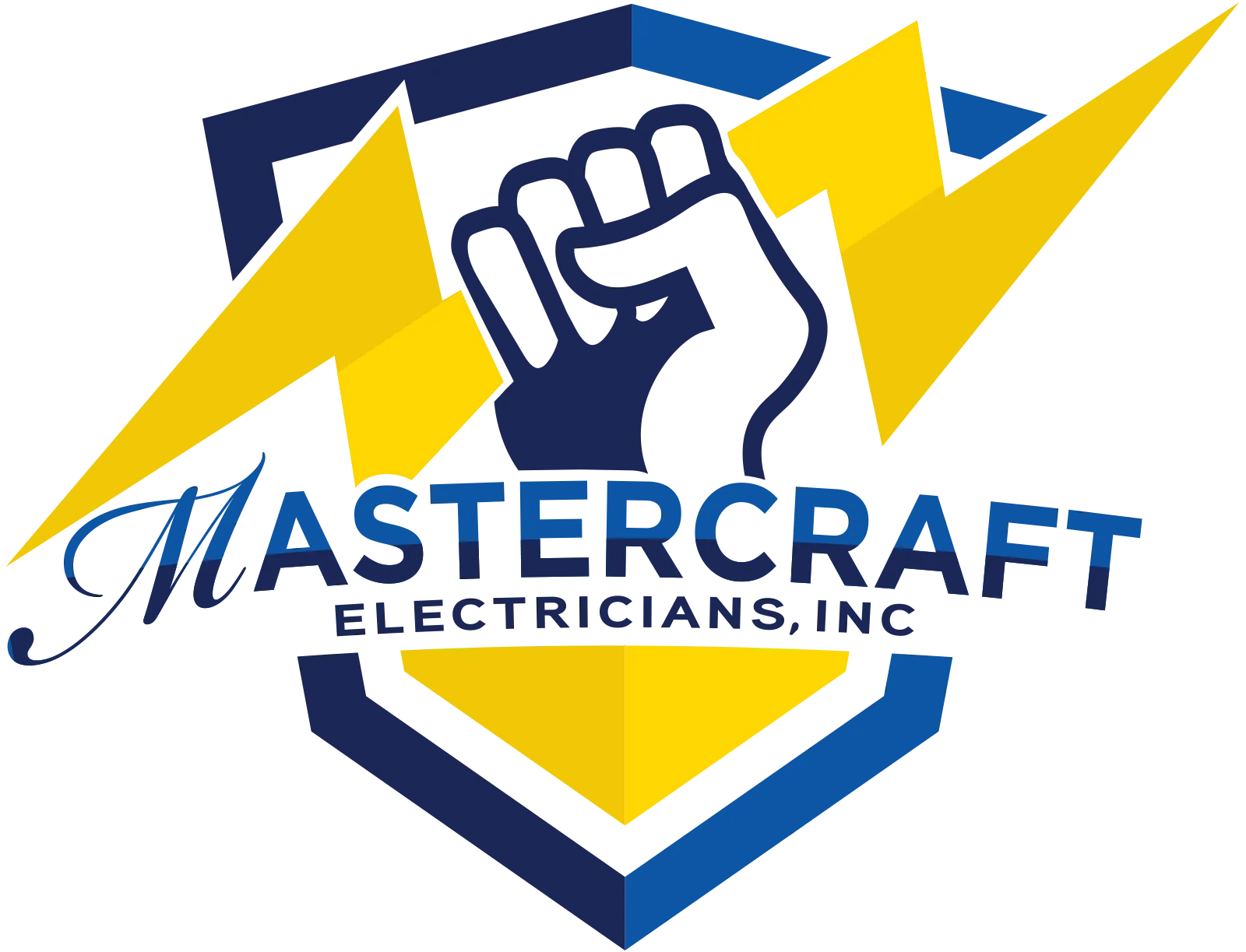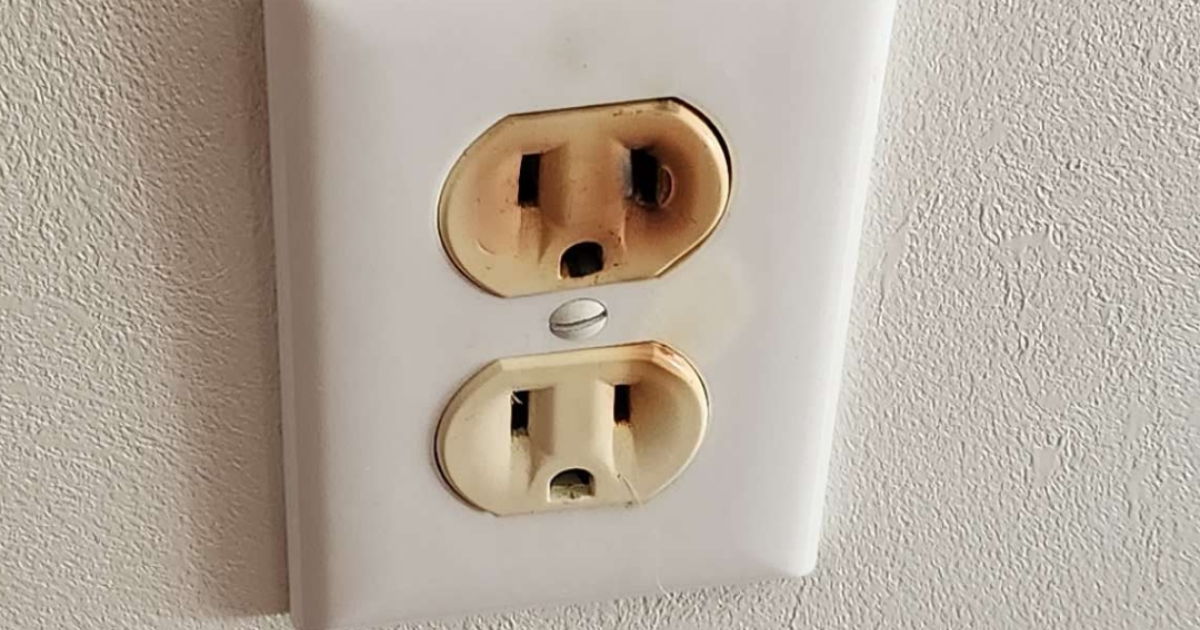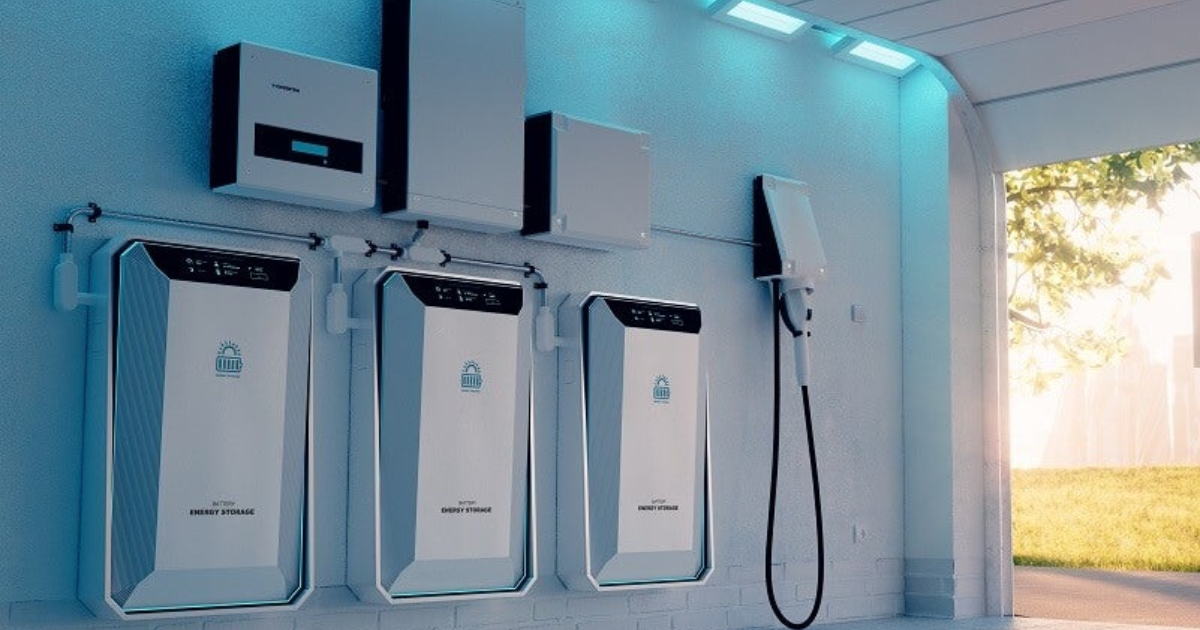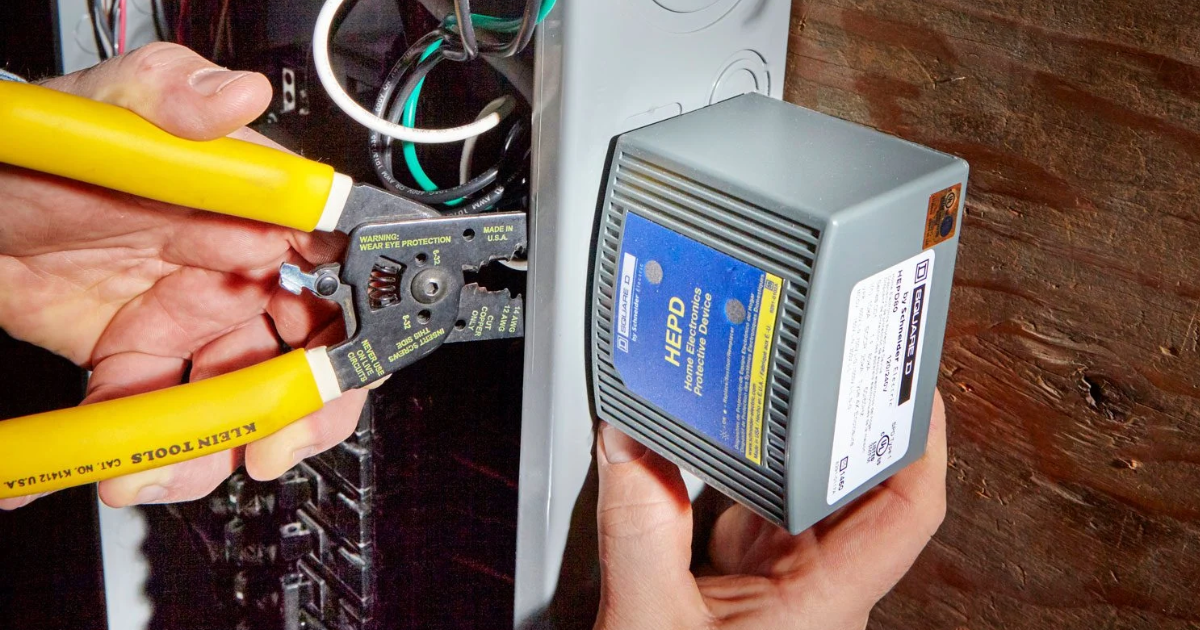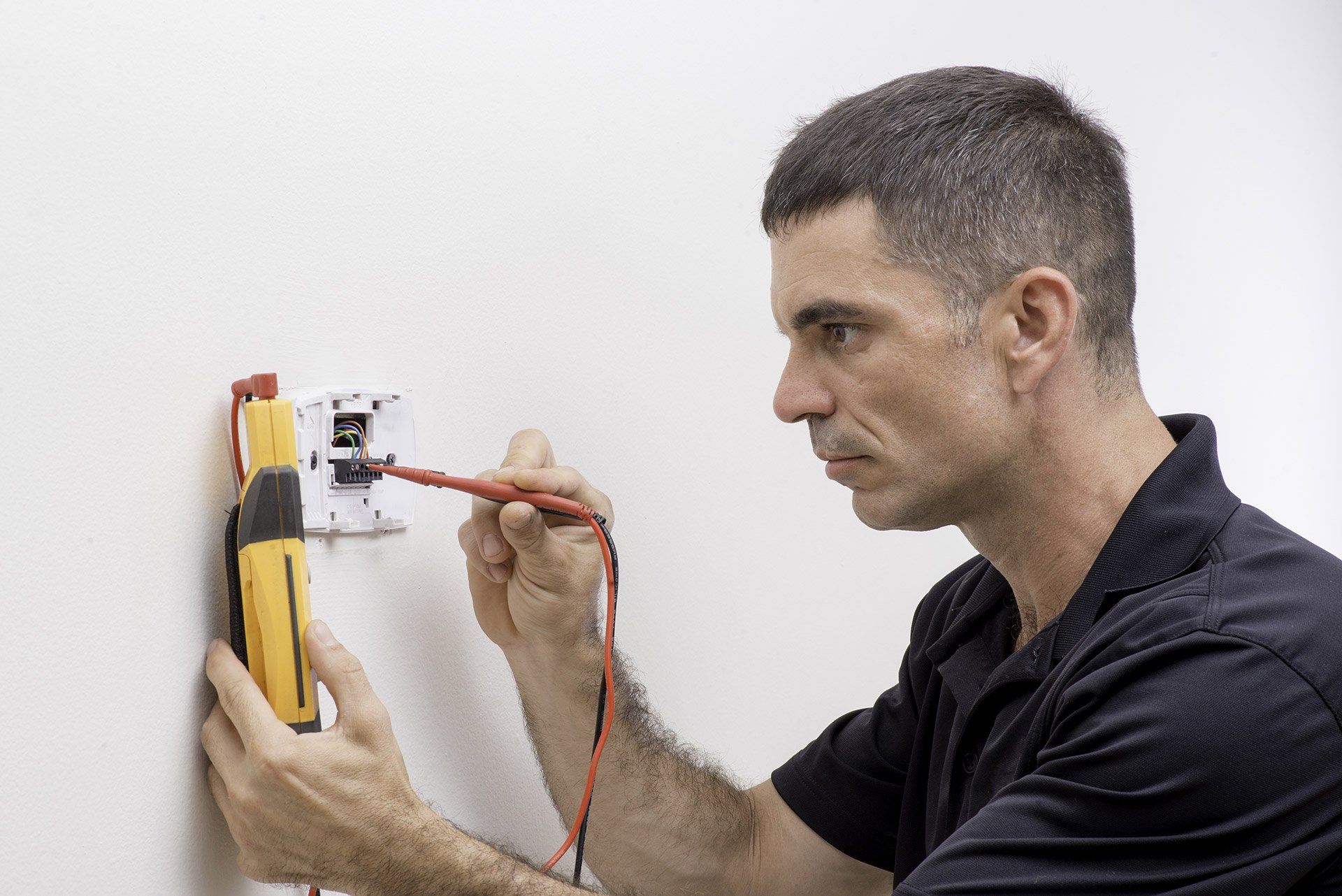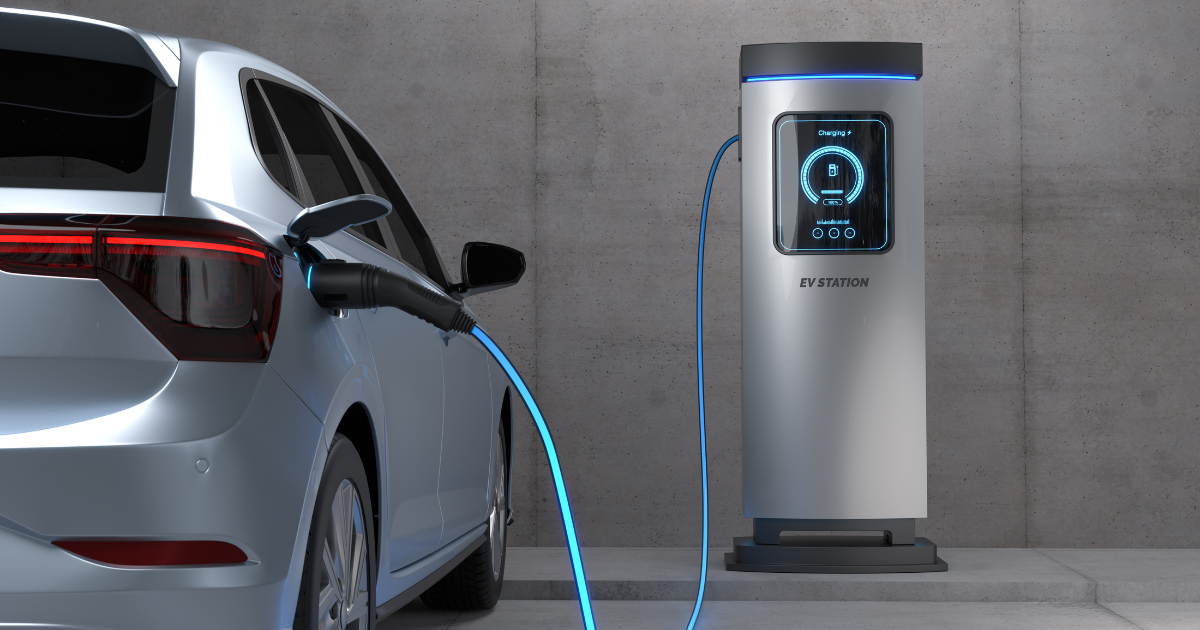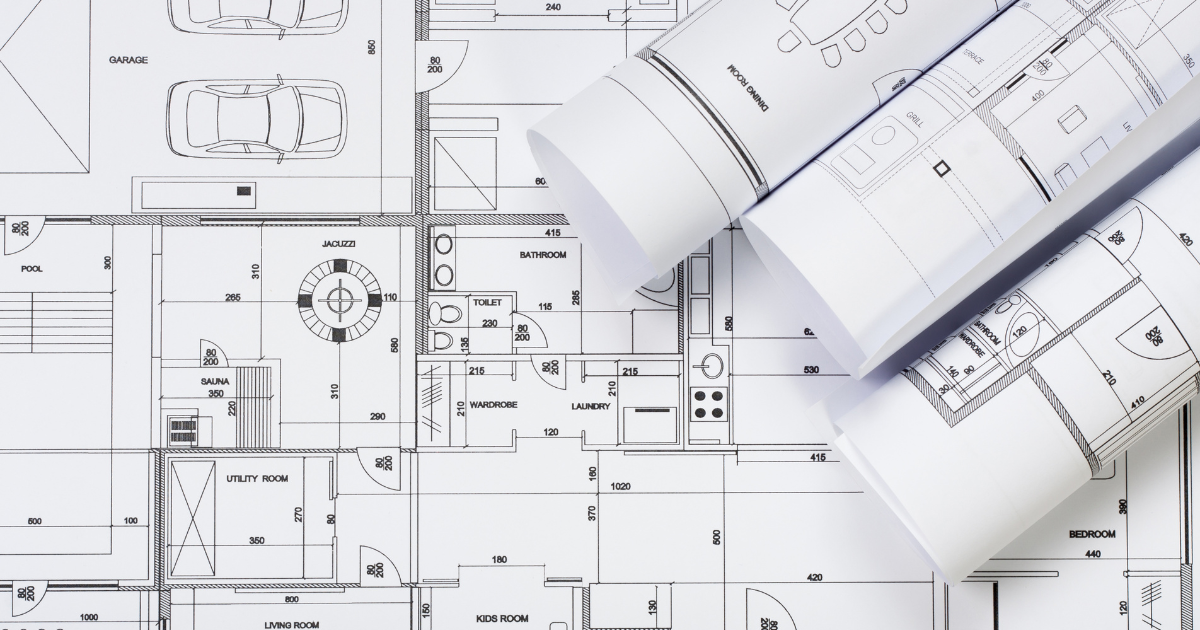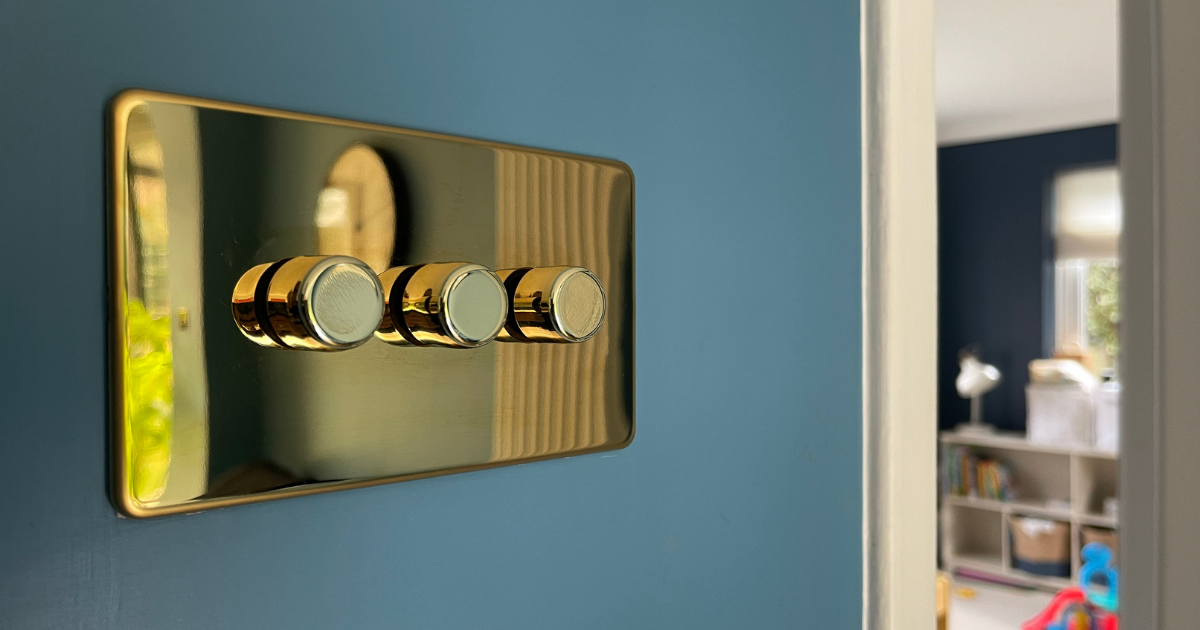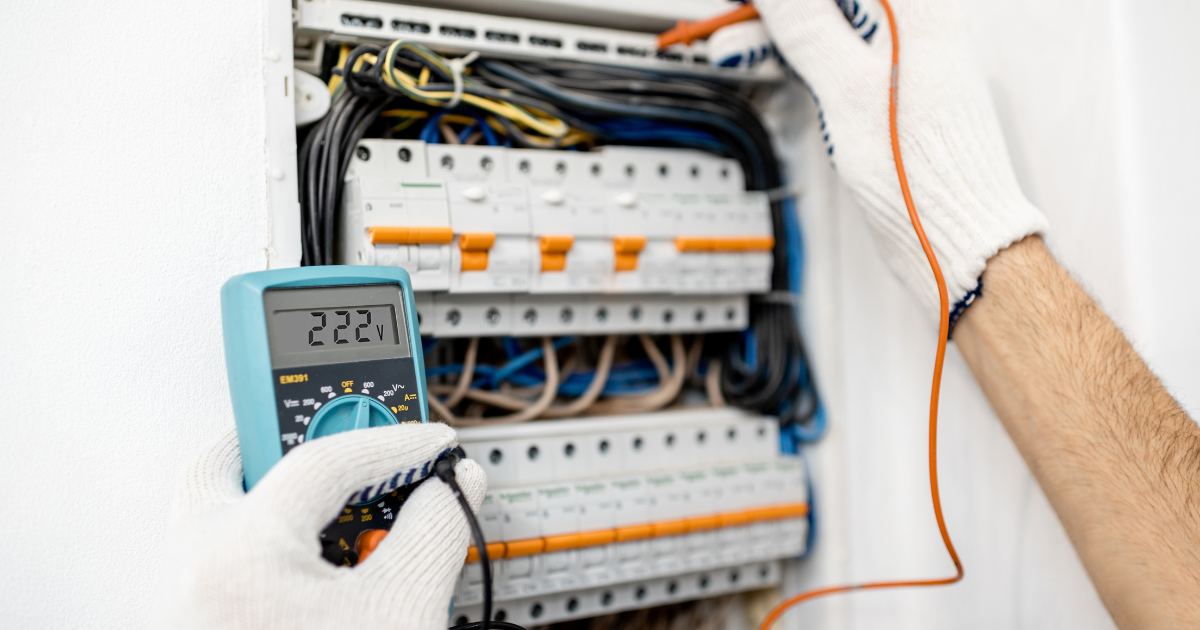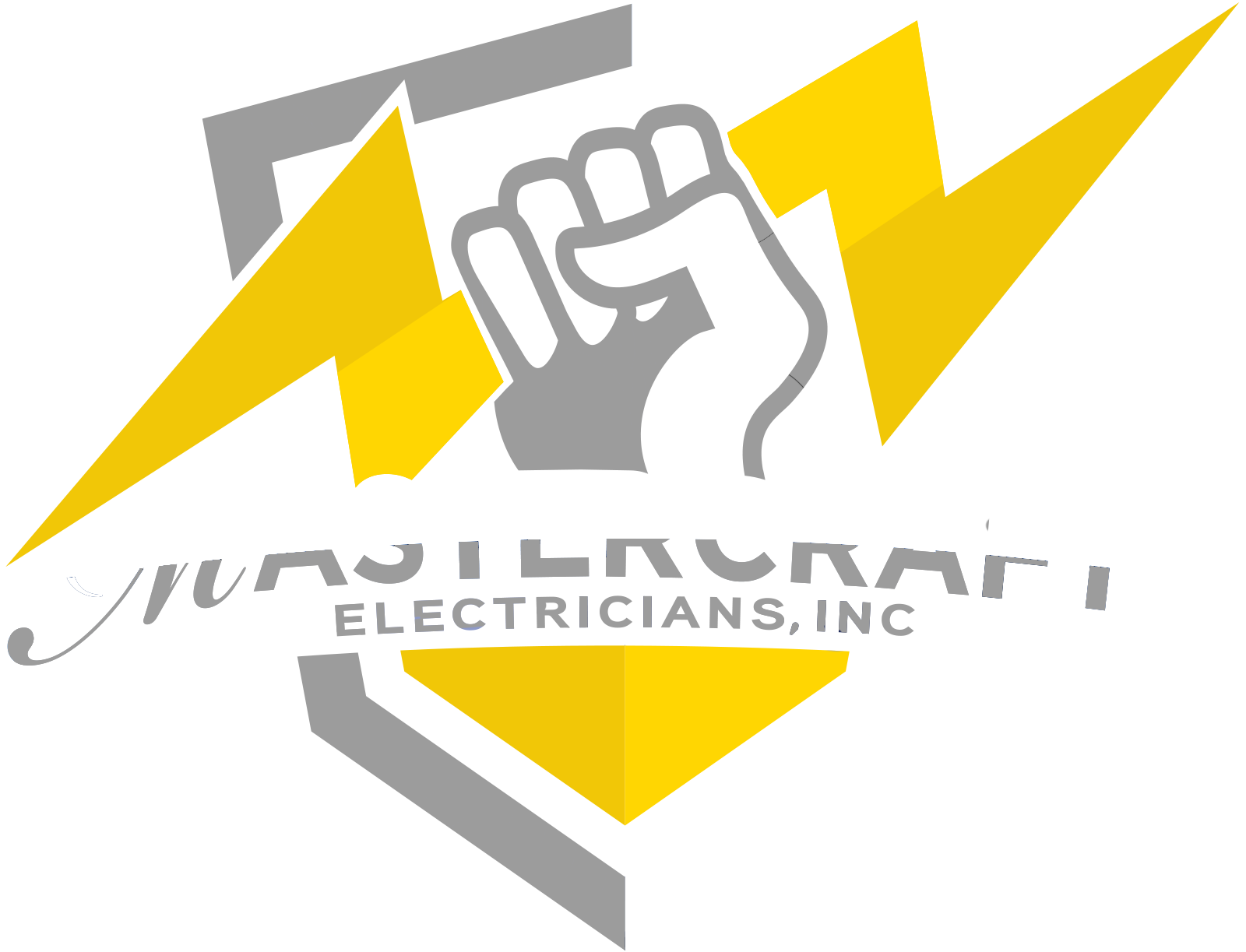Smart Home Wiring: What You Need to Know Before Installing Smart Devices
Thinking about transforming your home into a smart home? Before you order that smart thermostat or smart switch, it's essential to understand smart home wiring. This guide covers the basics—from wiring compatibility and neutral wire requirements to whether your electrical system can support these upgrades.
Why Smart Home Wiring Matters
Wiring for smart devices ensures your home can power and operate devices reliably. Unlike traditional switches that only need a hot line, smart devices typically require both a neutral wire and ground, which may be missing in older homes. Without proper wiring, your devices may flicker, stop working, or underperform.
Smart Switch Wiring Requirements: Neutral Wire Essentials
One of the most critical elements of smart switch wiring requirements is the presence of a neutral wire. Smart switches use this to maintain constant power—even when the switch is off—enabling app control, voice commands, and automation functions. Most homes built before the mid-1980s lack this wire in switch boxes.
If your home doesn’t have a neutral wire, you might need to:
- Run a new neutral wire to the switch box
- Use specially designed no-neutral smart switches (though these often have limitations)
Electrical Wiring for Smart Homes: Panel Capacity & Load Considerations
Smart homes often include lighting automation, smart thermostats, security systems, and even EV chargers or solar integrations down the line. These systems may require more power capacity than your electrical wiring for smart homes was originally designed to deliver.
An outdated electric panel or undersized service (e.g., 100 amp panels) might cause frequent breaker trips and limit your ability to add new circuits. Upgrading to a 200 amp panel may be necessary to support increased load from smart systems and future upgrades.
Wiring for Smart Devices: Planning Pre-Wiring and Network Integration
When constructing a new home or remodeling, planning smart home electrical wiring in advance pays off. This may include:
- Running neutral wires to all switch locations
- Installing CAT6 or Ethernet cables for high-reliability smart hubs and Wi-Fi access
- Planning dedicated circuits for major devices like smart hubs or EV chargers.
Pre-wiring during a remodel avoids later disruption and ensures compatibility with future smart devices.
Smart Home Wiring Safety & Best Practices
Handling electrical wiring requires care and compliance with codes. Before you begin:
- Always turn off circuit breakers and test for voltage
- Follow NEC and local code standards
- Use proper wire gauge and
color-coded wiring (hot usually black or red, neutral white, ground bare or green)
If you're unsure or uncomfortable, hiring a licensed electrician is the safest approach.
DIY or Pro? When to Hire an Electrician
Attempting simple hardware installs may feel doable, but smart home integration often involves:
- Identifying and adding neutral wires
- Running new circuits and conduit
- Upgrading electrical panels
Improper wiring can cause fire hazards, damage to devices, or code violations. For safe and reliable results, call a licensed professional.
Final Thoughts
If you're planning to integrate smart lighting, thermostats, cameras, or smart switches, proper smart home wiring and electrical wiring for smart homes are critical. Understanding smart switch wiring requirements and planning your system ahead—potentially upgrading your panel—will future‑proof your home and prevent headaches later.
Ready for Smart Home Wiring Done Right?
At MasterCraft Electricians, we offer expert evaluation and installation of smart home electrical wiring systems. Our licensed professionals ensure your wiring meets modern standards, supports smart devices, and is safe for years to come.
Call us today at (760) 274‑0495 to schedule a smart home wiring consultation and start your home automation journey the right way.

